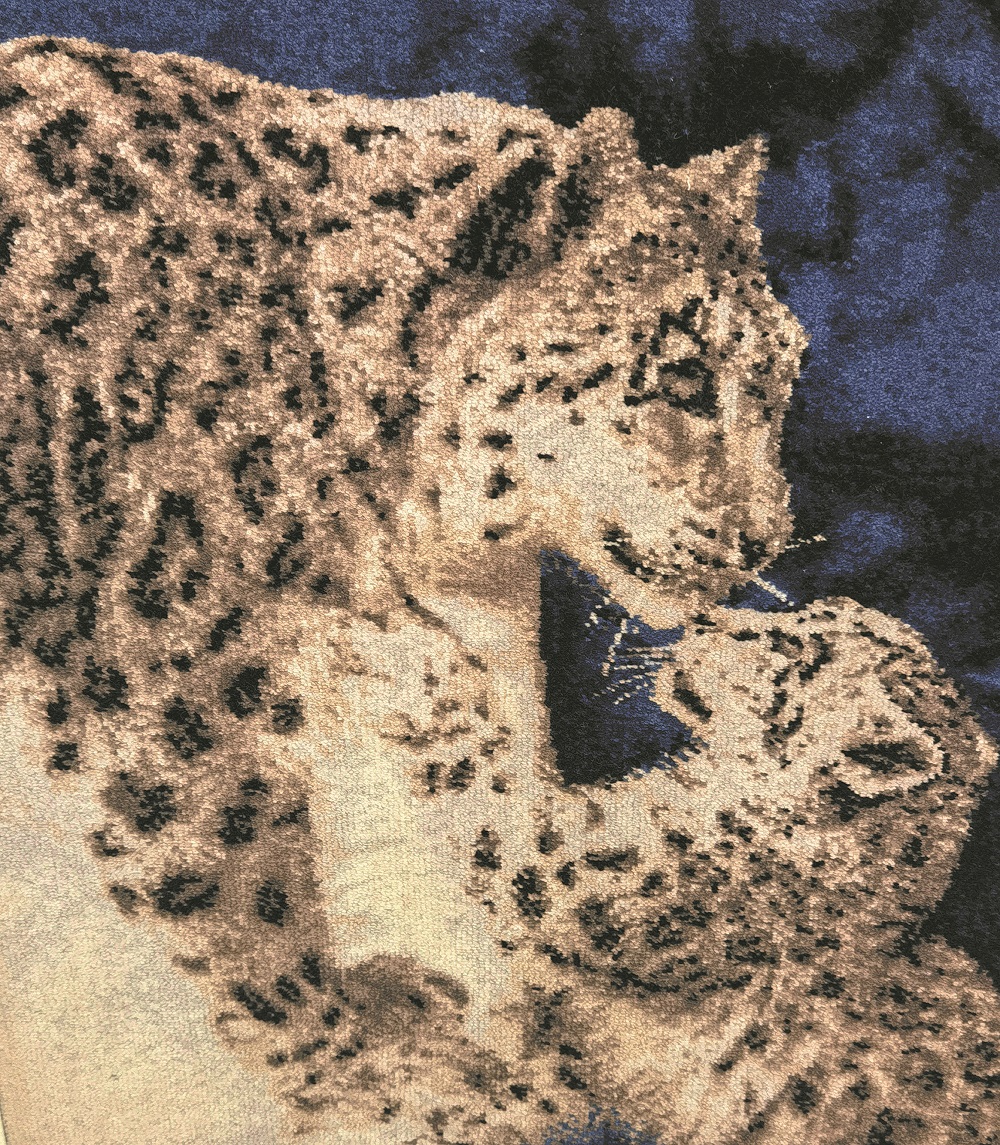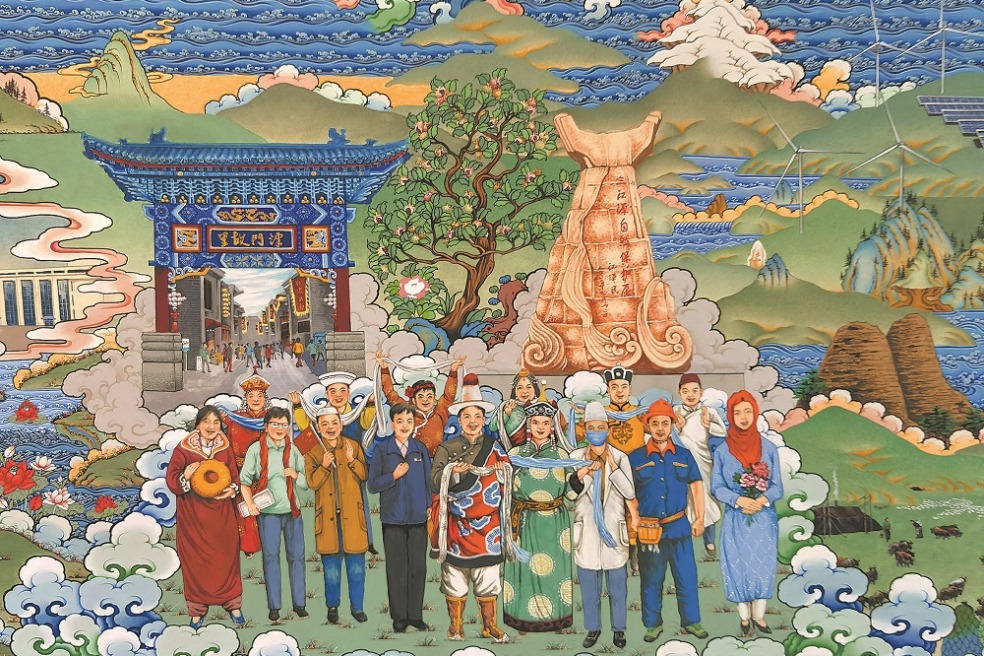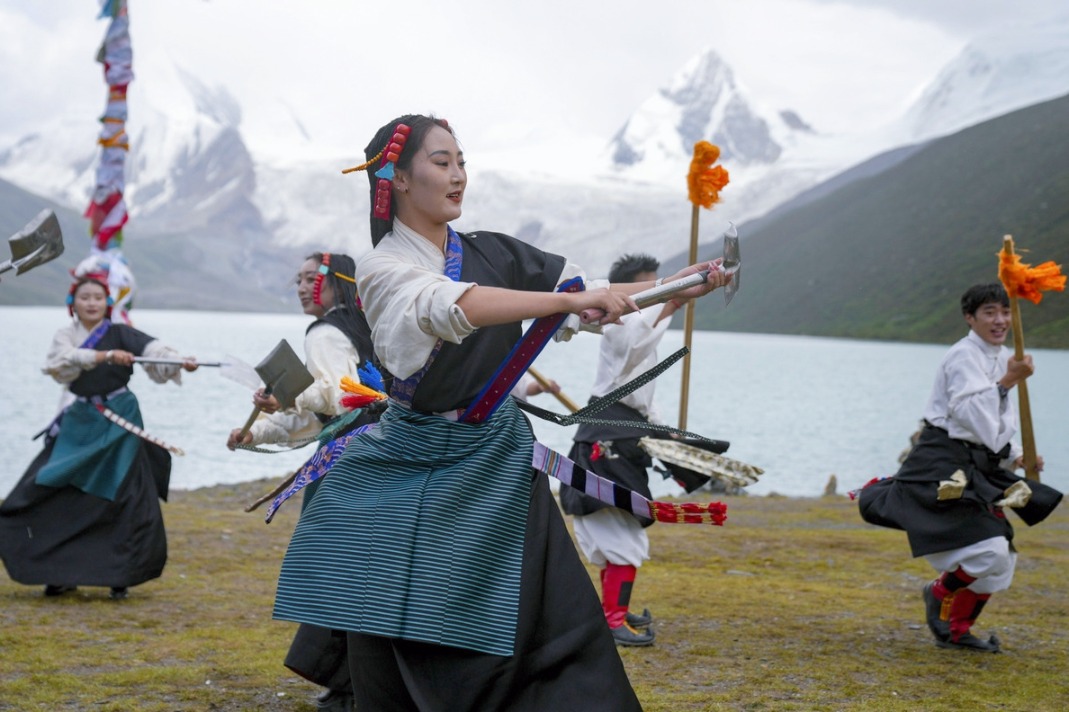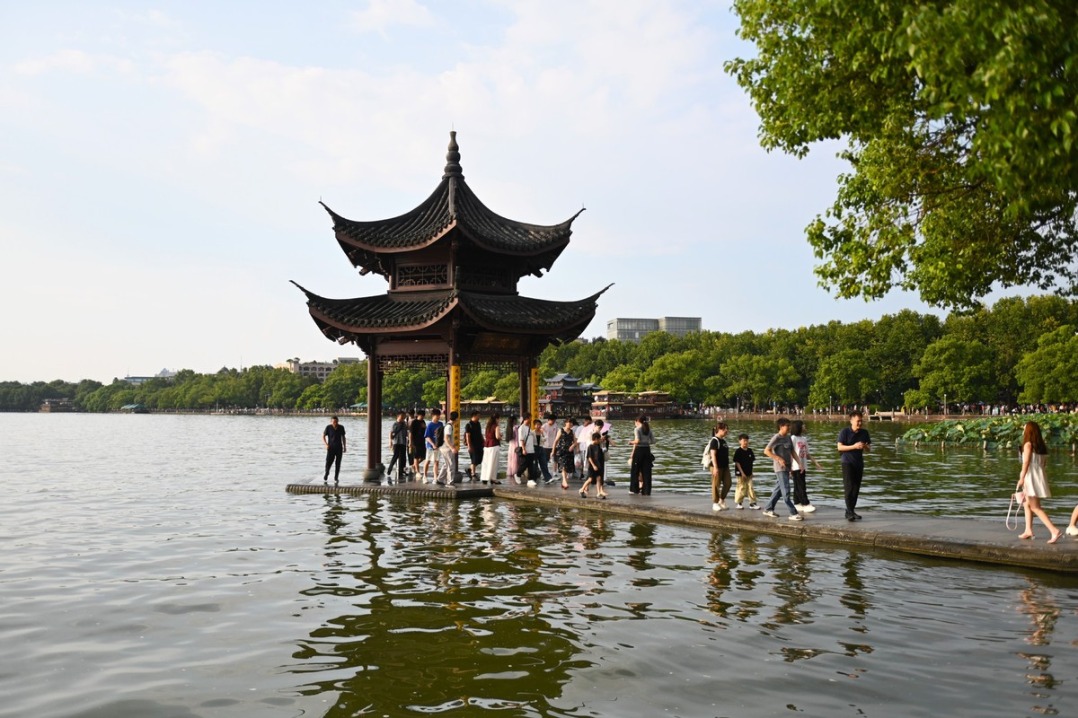Qinghai rides carpets, culture to new prosperity
From Thangka paintings to quality rugs, province is leveraging its heritage, history


Handwoven Tibetan carpets, most looking like vivid oil paintings, are highly prized. A 1-square-meter piece takes a craftsman roughly a year to complete, and usually fetches 50,000 yuan to 60,000 yuan for its vibrant colors and durability.
With high transportation costs due to Qinghai's deep inland location, handwoven carpets barely turn a profit, Du explained. "We persist out of a mission to preserve this intangible cultural heritage — Tibetan carpet weaving is the cultural root of our enterprise," he said.
In 2023, Shengyuan was designated a national demonstration base for productive protection of intangible cultural heritage, relying on the traditional Tibetan carpet-weaving technique originating from Jiaya village in Xining. Its inheritors are mainly engaged in training artisans.
Of the company's 300-plus employees, over 200 are from surrounding villages, including many ethnic groups such as the Tibetan and Tu. About half of them have mastered the hand-weaving skills.
"Instead of working far from home, I now earn nearly 5,000 yuan a month here and can still care for my family," said 42-year-old weaver Zhu Cunfeng, smiling.
Tibetan carpets utilize premium raw materials like sheep wool and yak wool sourced in Qinghai. The designs include not only auspicious traditional Tibetan motifs, but also new artistic inspirations such as Qinghai Lake, the Kunlun Mountains, snow leopards, depictions of herders' lives, and cultural landmarks.
Du said the yarn used in premium handwoven carpets is only one-eighth the thickness of traditional Tibetan carpets, making them more durable and refined. The company has also developed a color library with nearly 40,000 hues, ensuring vibrant and natural color rendering.
























